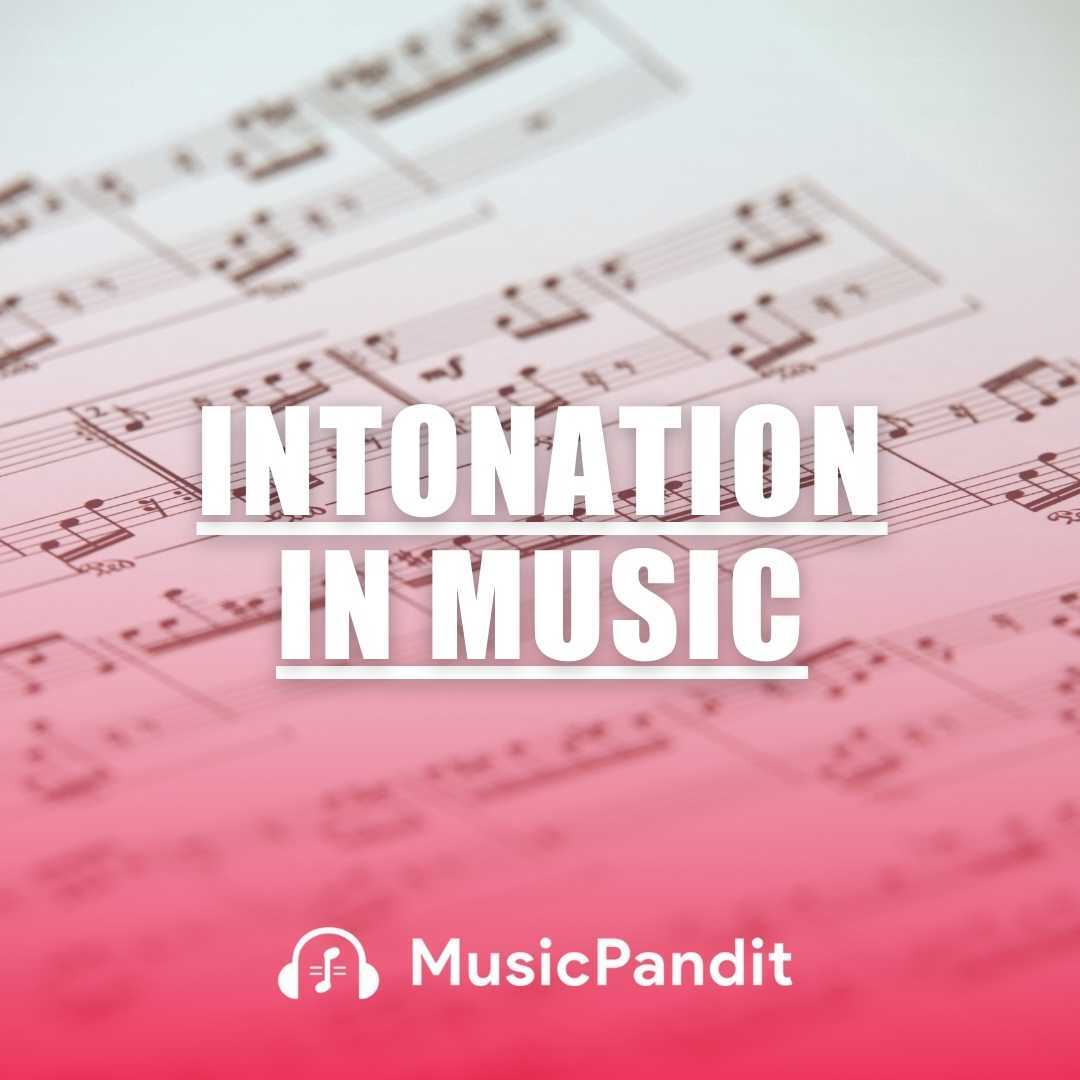In music, an interval refers to the distance between two notes. Intervals are the building blocks of melodies, harmonies, and chords. Understanding intervals is crucial for composers, musicians, and anyone wanting to grasp the fundamentals of music theory. Mastering intervals allows you to analyse chord progressions, write better melodies, and recognize musical styles and genres.
Types of Intervals
There are several types of intervals in music theory:
Major and Minor Intervals
Major intervals have a brighter, more consonant sound, while minor intervals tend to be darker and create more tension. For example, a major third interval, like the notes C to E, sounds happier and more stable than a minor third like C to E-flat. The major scale itself is built from this alternation of major and minor intervals.
Perfect and Imperfect Intervals
Perfect intervals are the most consonant or blended intervals. These include the unison (same note), perfect fourths, perfect fifths, and octaves. Imperfect intervals like seconds, thirds, sixths, and sevenths have varying degrees of tension or dissonance.
Consonant and Dissonant Intervals
Consonant intervals sound stable and relaxed to the ear. The most consonant intervals are perfect fifths, perfect fourths, major and minor thirds and sixths. Dissonant intervals create tension or a feeling that the music needs to resolve somewhere else. Dissonant intervals include seconds, sevenths, and tritones.
Diatonic and Chromatic Intervals
Diatonic intervals exist within a given major or minor scale or key. Chromatic intervals are formed by raising or lowering one of the notes by a half-step, resulting in an interval that falls outside of the key.
Interval Qualities
In addition to being major, minor, perfect, or imperfect, intervals can be further described by several qualities:
Augmented – Raising the top note of a major or perfect interval by a half step makes it augmented. For example,
Diminished – Lowering the top note of a minor or perfect interval by a half step makes it diminished. For example, .
Compound – Intervals larger than an octave are called “compound” intervals, like a compound major third (C to the E an octave higher).
Enharmonic – Two notes that sound alike but have different names, like C# and Db, form enharmonic intervals.
Uses and Importance of Intervals
Intervals serve vital purposes in tonal music:
Melodies – The specific sequence of intervals between notes creates the shape, character, and emotional quality of a melody line. Melodies using mostly stepwise motion have a smoother, more disjunct feel.
Harmonies – When intervals are stacked vertically, they form chords and harmonies. Major or minor thirds largely determine if a chord is major or minor in quality. Dissonant intervals add tension.
Chord Progressions – The root movement between chords is described by the intervals between the bass notes. For example, descending fifths (circle of fifths) are a very common root progression.
Musical Styles – Musical genres have tendencies towards certain intervals over others that shape their sound. Bebop jazz often uses many tritones for dissonance. Folk music prefers consonant perfect intervals.
Music Analysis – Breaking down musical passages by their interval structures is a key technique for musical analysis. This reveals the harmonic function and inner workings of a piece.
Ear Training – Recognizing intervals by ear is an important skill. This trains your ears to hear melodies, chord qualities, and genres with ease.
Mastering intervals takes dedicated practice, but unlocks a deeper theoretical and intuitive feel for music. Starting with diatonic intervals in simple melodies and chord progressions builds a foundation. From there, recognizing chromatic, augmented, and diminished intervals expands your tonal vocabulary tremendously.
All in all, we can say that intervals are the atoms from which the molecules of chords, harmonies, and chord progressions are built from. With intervals as your roadmap, you can navigate composition, analysis, ear training, and truly understand the nuts and bolts of how music is constructed.














